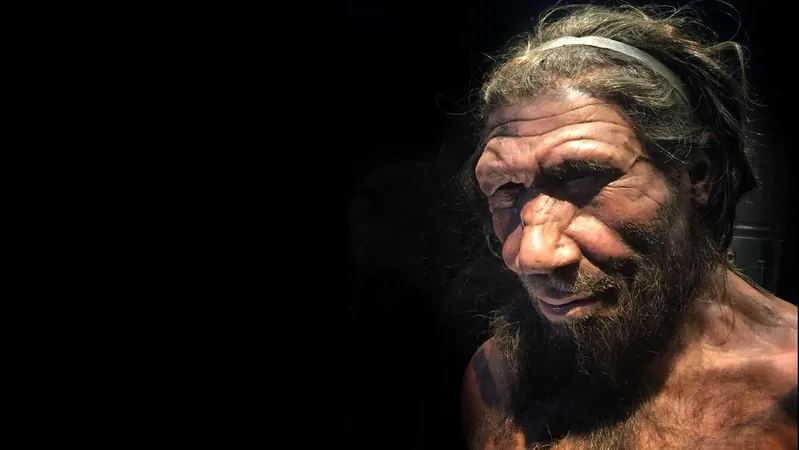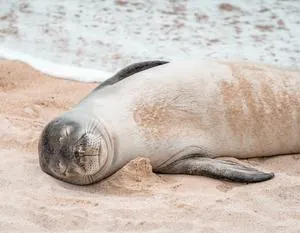
Unlocking the Mystery: How a Tiny Genetic Change May Explain the Fall of Neanderthals
2025-08-18
Author: Siti
A Game-Changer in Evolutionary Science
In a groundbreaking study, researchers have unveiled a genetic difference that could be pivotal in understanding why Neanderthals and Denisovans—the closest extinct relatives of modern humans—vanished from the Earth. This research, focused on a crucial protein involved in DNA synthesis, suggests that a minor evolutionary tweak may have given our species an edge.
The Protein That Sets Us Apart
Researchers zeroed in on a protein called ADSL (adenylosuccinate lyase), which plays a vital role in synthesizing purines, essential building blocks of DNA. Interestingly, the modern version of this enzyme seen in humans differs from that of Neanderthals and Denisovans by a single amino acid—specifically the 429th amino acid, where humans have valine, while our extinct relatives have alanine.
Mice Experiments Hint at Behavioral Advantages
To probe further, scientists conducted experiments with genetically modified mice that express the modern human version of ADSL. Their findings revealed that these mice were more adept in learning tasks compared to those with the ancestral variant, particularly when it came to associating stimuli with rewards like access to water. This behavior hints at the potential for enhanced cognitive abilities in humans that may have aided in resource competition.
Why Only Female Mice Excelled
Interestingly, the behavioral enhancements were observed exclusively in female mice. This discrepancy raises questions about gender-specific advantages and the complexities of behavior rooted in genetics. As one researcher noted, "Behavior is complex."
The Broader Implications
While the findings are exciting, some experts urge caution. Mark Collard, a paleoanthropologist, expressed that the implications for human evolution are still hazy. However, he acknowledged the promising potential of using mice models to explore the intricate relationship between genetic differences and behavioral traits.
Looking Ahead: What’s Next?
Future investigations could delve deeper into how variations in ADSL influence not just learning behaviors in isolation, but how they interact with other genetic changes in humans. As scientists continue to unravel the complexities of our evolutionary past, this research offers tantalizing clues that might someday illuminate the reasons behind the survival of modern humans while our closest cousins faded into history.
In Conclusion: A New Chapter in Human Evolution
As we stand at the intersection of genetics and behavior, studies like this one pave the way for transformative insights into our ancestry. The journey to understand why we thrive while others perished is ongoing, but with each discovery, we come closer to unlocking the full story of human evolution.



 Brasil (PT)
Brasil (PT)
 Canada (EN)
Canada (EN)
 Chile (ES)
Chile (ES)
 Česko (CS)
Česko (CS)
 대한민국 (KO)
대한민국 (KO)
 España (ES)
España (ES)
 France (FR)
France (FR)
 Hong Kong (EN)
Hong Kong (EN)
 Italia (IT)
Italia (IT)
 日本 (JA)
日本 (JA)
 Magyarország (HU)
Magyarország (HU)
 Norge (NO)
Norge (NO)
 Polska (PL)
Polska (PL)
 Schweiz (DE)
Schweiz (DE)
 Singapore (EN)
Singapore (EN)
 Sverige (SV)
Sverige (SV)
 Suomi (FI)
Suomi (FI)
 Türkiye (TR)
Türkiye (TR)
 الإمارات العربية المتحدة (AR)
الإمارات العربية المتحدة (AR)